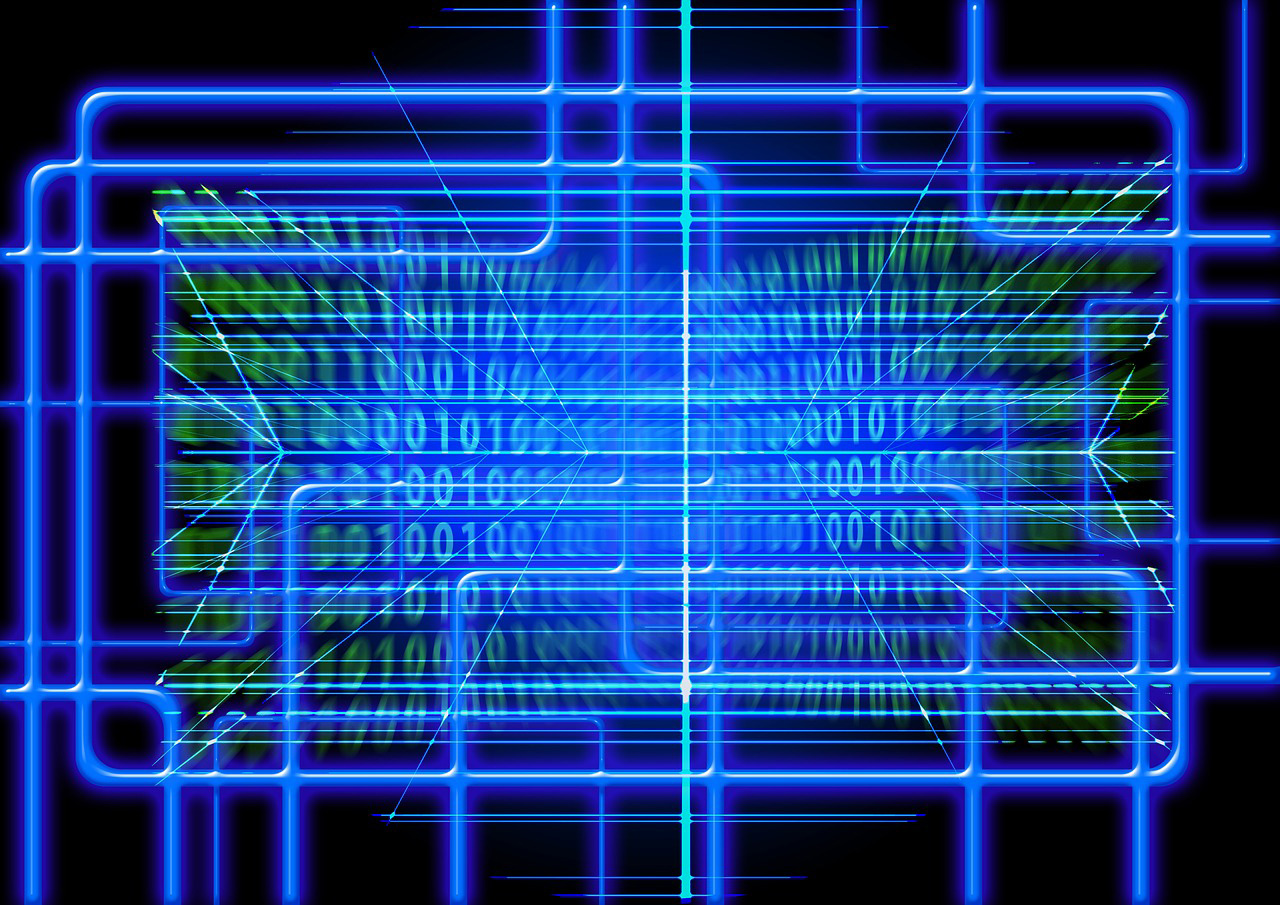In the early days of personal computers, storage meant old-fashioned floppy disks. Having 2 disk drives on the same computer was considered state-of-the-art technology. Younger people may find it hard to understand just what a huge improvement it was when disk-based hard drives came along. They soon became a staple in computing and for years it was hard to imagine a device without them. In recent years, however, they have been overtaken by solid state drives (SSDs). These had a number of advantages over disk-based drives - in particular, they were quicker and more robust. Now, however, there is a possible successor to SSDs - the light-based storage.
Memory chips with everything

For years, processor-manufacturing companies have been making much about the advances in speed with each new product (hence the term Moore's Law). The reality, however, is that any system can only run as quickly as its slowest component allows. What this means in practice is that an increase in speed in one area can simply lead to bottlenecks in another - unless the component which causes the delay can also be developed for improved performance. In terms of storage, this meant that although modern SSDs offered huge improvements on reading and writing speeds compared to disk-based hard drives, they were still dependent on traditional electronic chips to move the data from A to B. This seriously hampered their potential performance.
What exactly are memory chips?
It's easy to use technology-related terminology without necessarily really understanding what it means specifically. In physical terms, a memory chip is essentially an integrated circuit housing millions of transistors and capacitors. In practical terms, a memory chip is a unit which can be used to store data and/or programming code. Memory chips come in various forms for different purposes. For example, some allow their contents to be modified while others only permit their contents to be read and acted on. In the most basic of terms, memory chips are so fundamental to modern technology than improvements to them are of huge importance.
A brief history of memory chips.
The history of memory chips runs alongside the history of the PC. As the years have gone by, they have become smaller, quicker and more efficient as well as more powerful. At the end of the day, however, they are currently simply much-improved versions of their designs used in early PCs. It has long been recognized that the reliance on electricity was a major hindrance to their potential performance and several attempts have already been made to create photonic memory chips. Unfortunately, they all ran into the same problem. They all required a continuous flow of electricity in order to function. This meant that if there was ever the slightest interruption to the power supply, even for a fraction of a second, the data would be lost. Obviously this was completely impractical for real-life solutions.
So how are these memory chips different?
In very simple terms, the team behind the breakthrough has adapted the technology used in CDs to create memory chips which genuinely can work using light rather than electricity. This means that they have the potential to run massively more quickly than existing memory chips. There is, however, some work to be done before this possibility becomes a reality. The memory chips are currently significantly bigger than there electrically-based counterparts, but the team behind the discovery are confident that they can be shrunk to a more usable size.
Go to | What is Schema.org